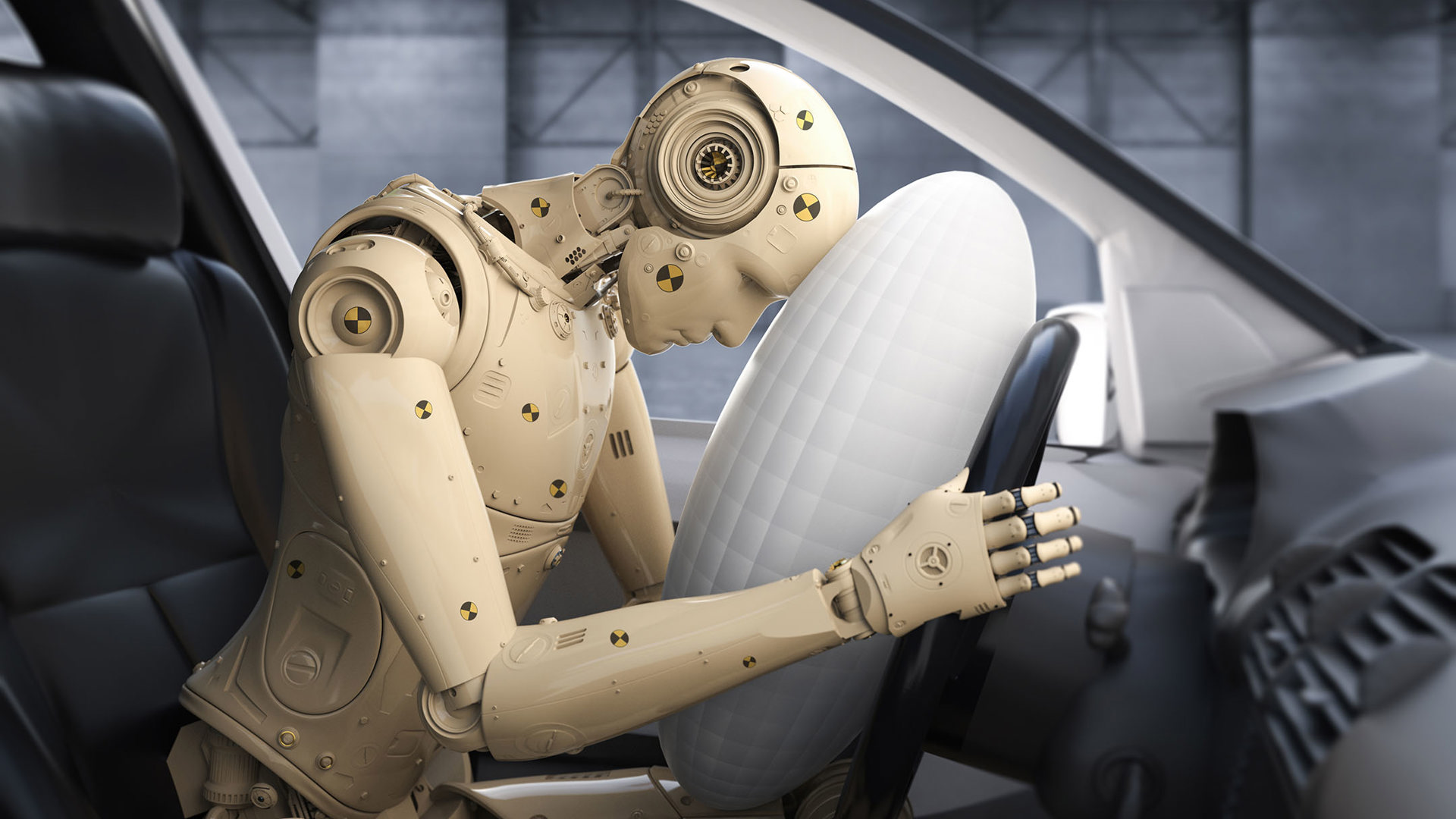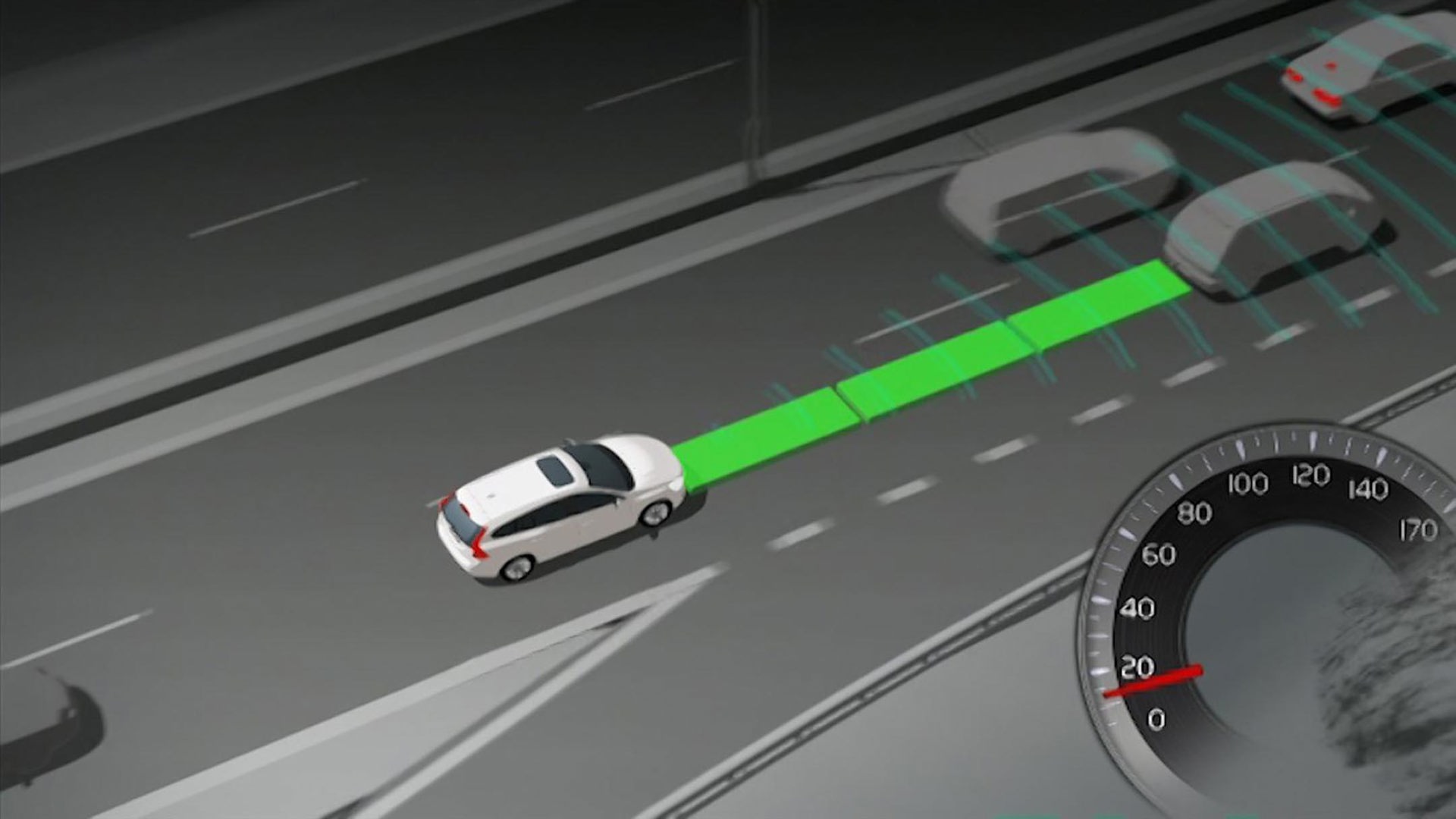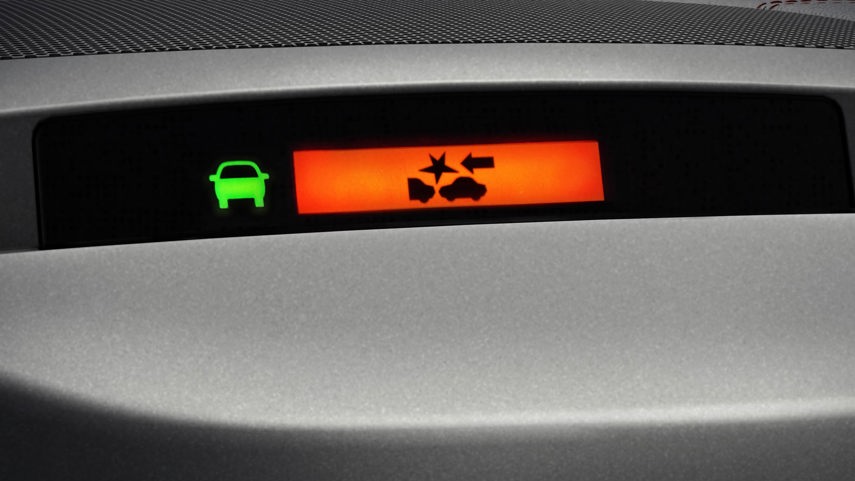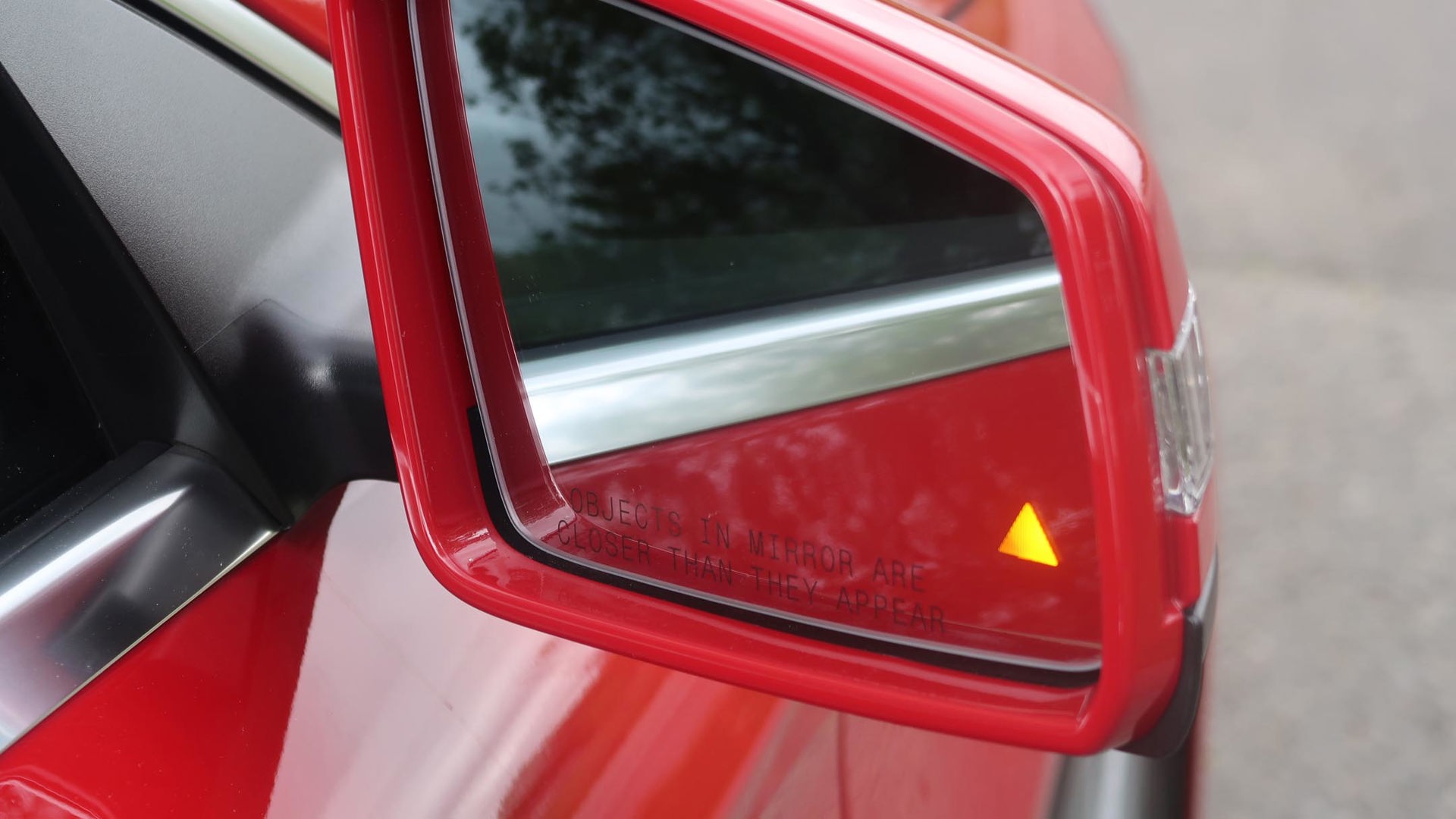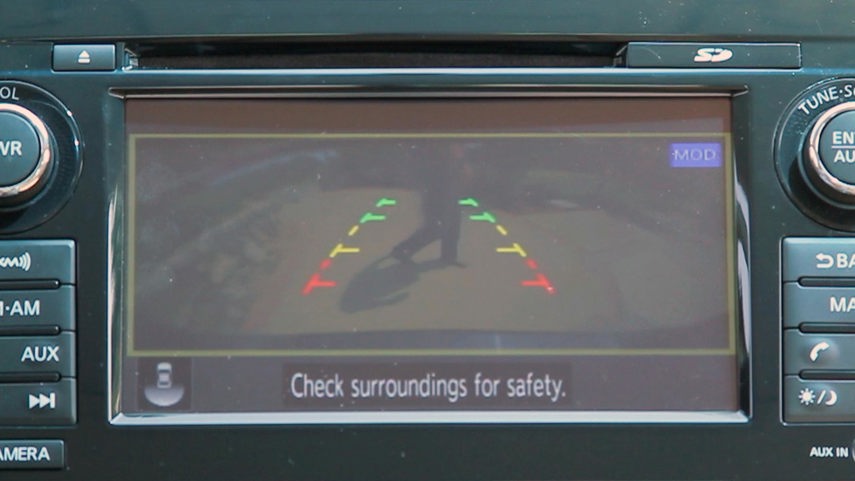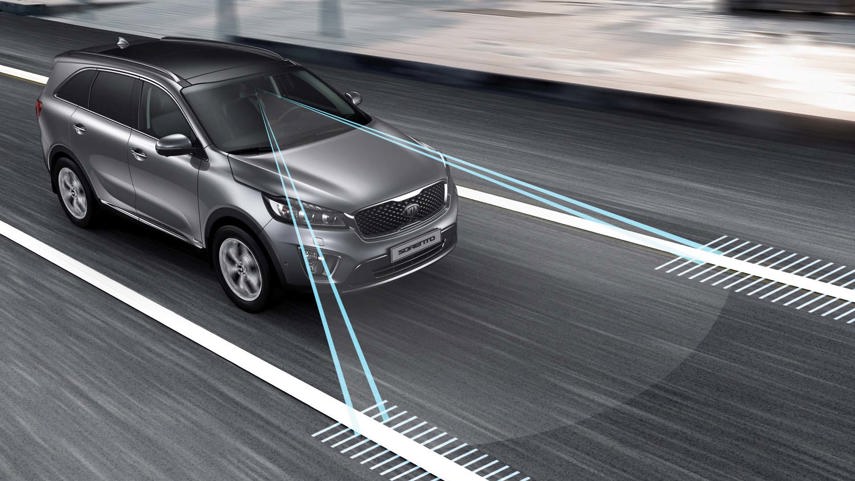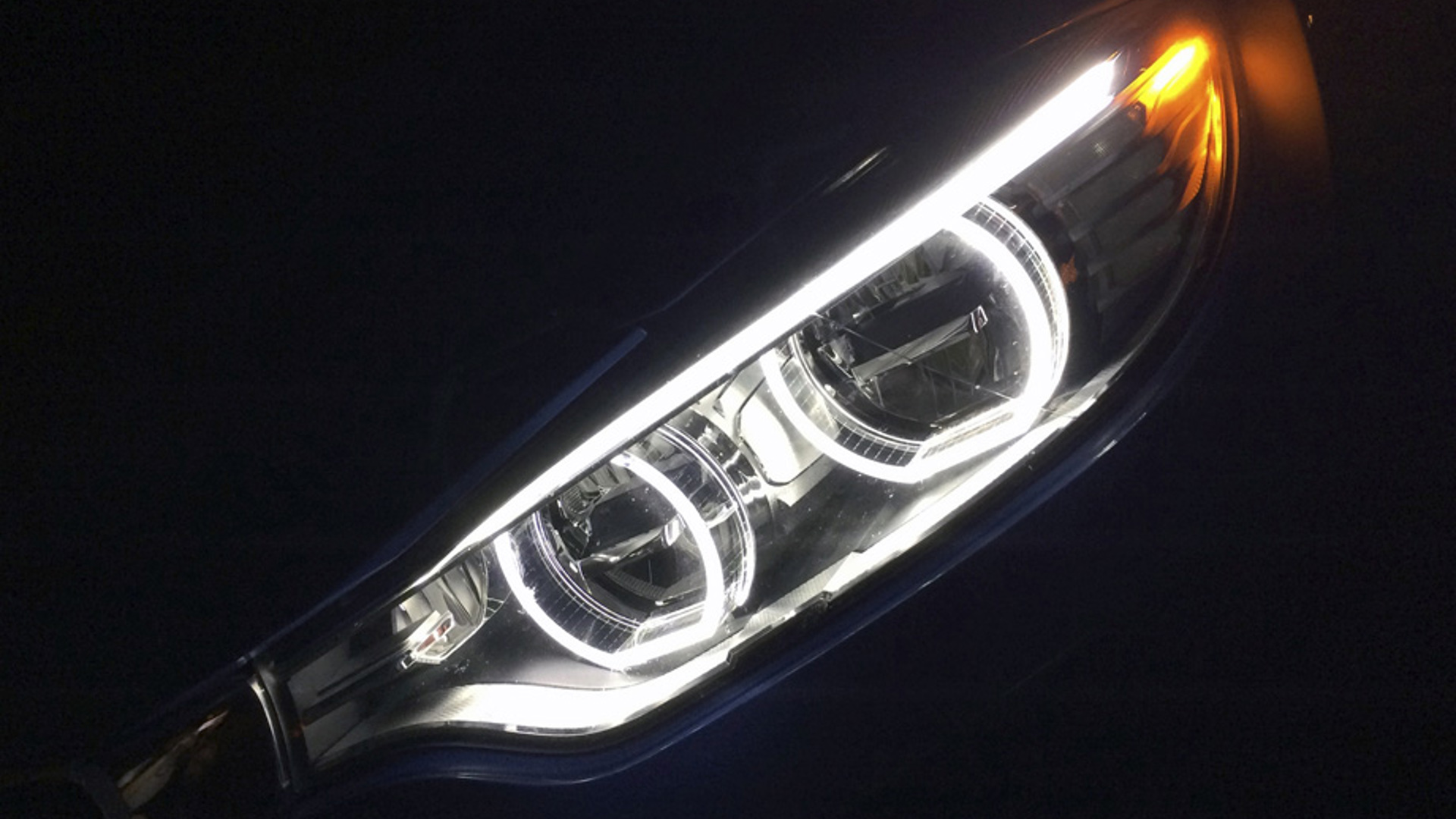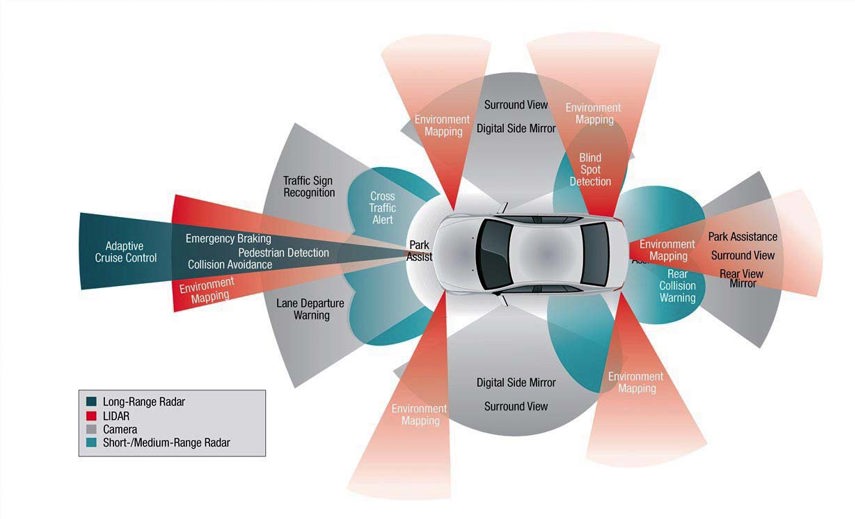Today’s vehicles are equipped with numerous safety assist systems, and some can be very high-tech. But it’s important to consider them as assists to your driving and not be dependent on them, because they might not always be there when you need them.
I was recently on the highway in a vehicle equipped with emergency front braking. It was snowing, and suddenly I heard a chime and got a warning message: Sensors are blocked, front braking is deactivated. The sensors had too much slush on them to function.
These safety-assist systems generally work well, but they can run into issues. Here are what some of the more popular ones do, and what you should do when they don’t. We’ve used generic terms here, but some automakers may refer to them by proprietary names.
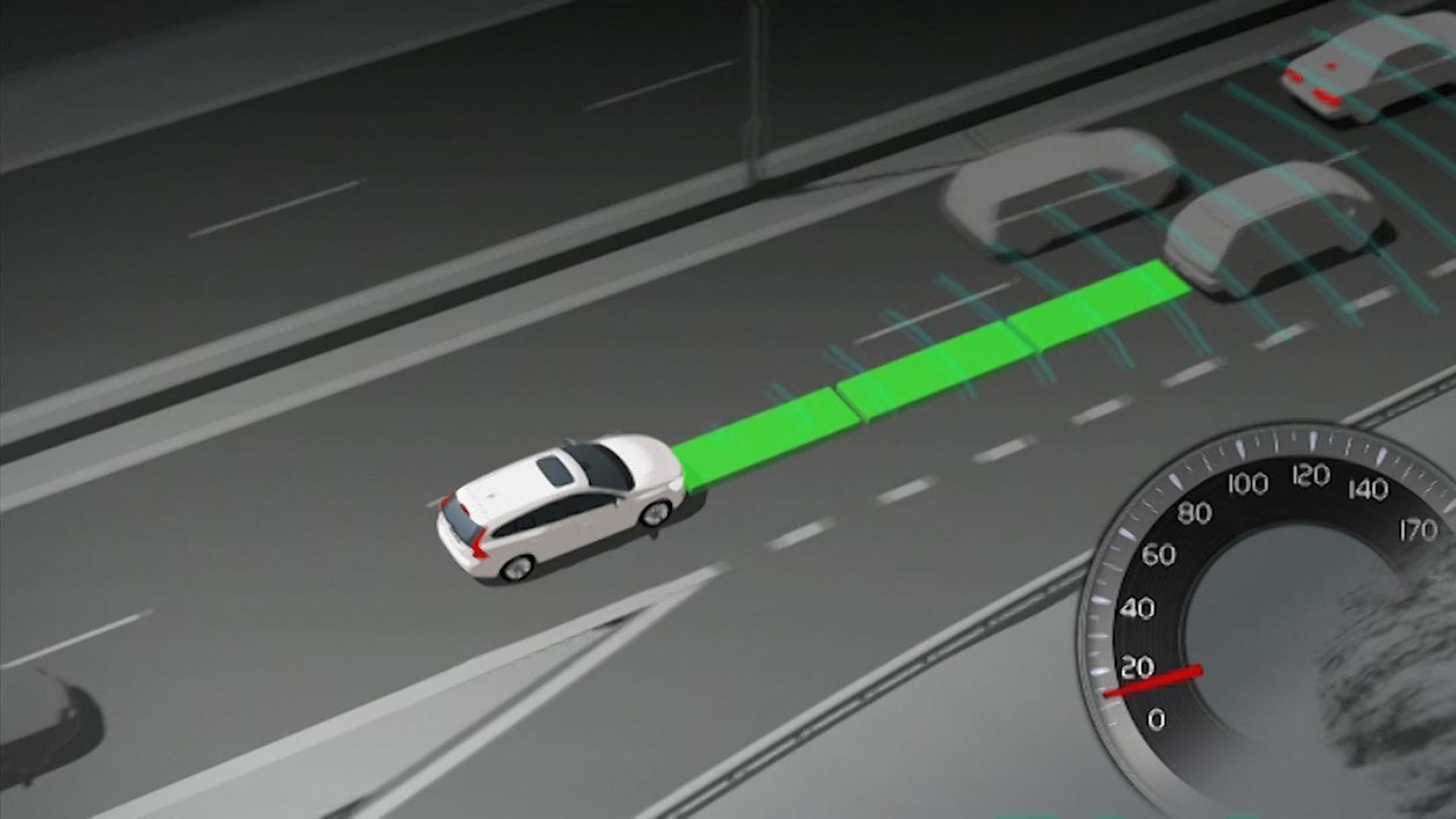
Adaptive Cruise Control
Once you’ve set the cruise control to your desired speed, this system maintains a pre-determined distance behind any vehicle in front of you. If necessary, it will slow down to preserve the gap. Many use sensors in the grille, and these can get blocked by snow. Some use cameras mounted inside the windshield, such as Subaru’s EyeSight, which are less susceptible to blockage.
If the sensors are blocked, then depending on the vehicle, the cruise control will either shut off entirely, or may default to non-adaptive cruise control. If the weather’s bad and the roads are slick, you’re best to turn the cruise control off entirely and take direct control.
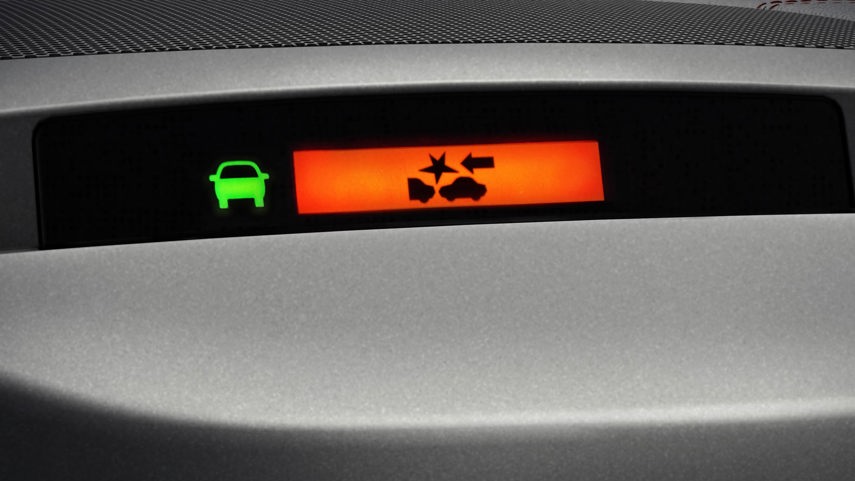
Collision Warning/Emergency Braking
Using the same types of sensors as adaptive cruise control, these systems look for vehicles, cyclists, or pedestrians ahead, and monitor how you’re reacting to them. If you’re closing the gap quickly and haven’t touch the brakes, you’ll get a warning. Some also include emergency braking, and if you ignore the warning, the system will apply the brakes. All work at lower speeds, and some at higher speeds. A few systems also work while in reverse, hitting the brakes if you’re about to back into something.
As with my vehicle, snow-clogged sensors can’t detect anything, and the system will shut down. You’ll have to do what you should always be doing anyway: Pay attention, and especially on cold or slick pavement, brake early so you don’t run out of room.
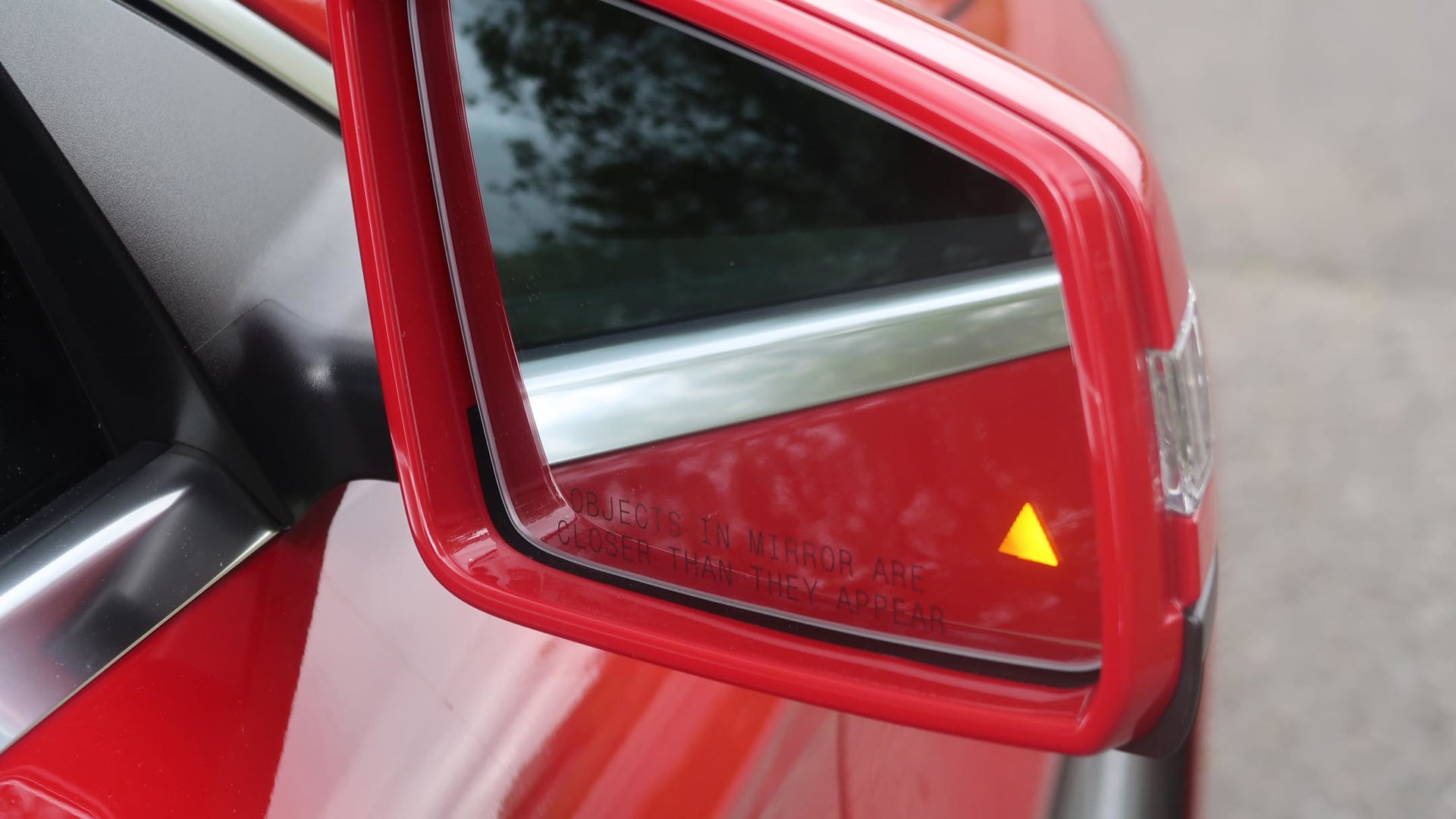
Blind Spot Monitoring
These systems use rear-facing cameras and warn if anything is alongside. Usually it’s a warning light, either in the mirror or on the inside pillar. If you activate the turn signal to make a lane change and there’s a vehicle beside you, the light will flash and you may hear a beep. Some higher-tech systems will help guide you back if you’ve already started to move over.
These work well most of the time, and are seldom affected by weather. However, I’ve used a few where the warning comes later than others. They may not warn you of a driver who isn’t right alongside you, but close enough in the adjacent lane that if you did move over, you’d cut them off.
Another issue is dependence on them. As an auto reviewer, I drive a lot of new vehicles. One day, I checked my mirror and didn’t see anything, but still did a shoulder check. To my surprise, a car was there, and I instantly realized what I’d done wrong. I’d been in cars with blind-spot monitoring for several weeks, but this one didn’t have it. I wasn’t looking into the mirror for another car, but at it for the warning light. I’d become too accustomed to using the system.
Always adjust your mirrors properly to help eliminate blind spots. In the driver’s seat, lean far to the right, and then adjust that mirror out until you can just see the side of your car. Do the same on the left. This gives you a full picture of what’s alongside. If you’re sitting straight and can see your own vehicle in the mirrors, they’re set wrong, and not doing you much good.
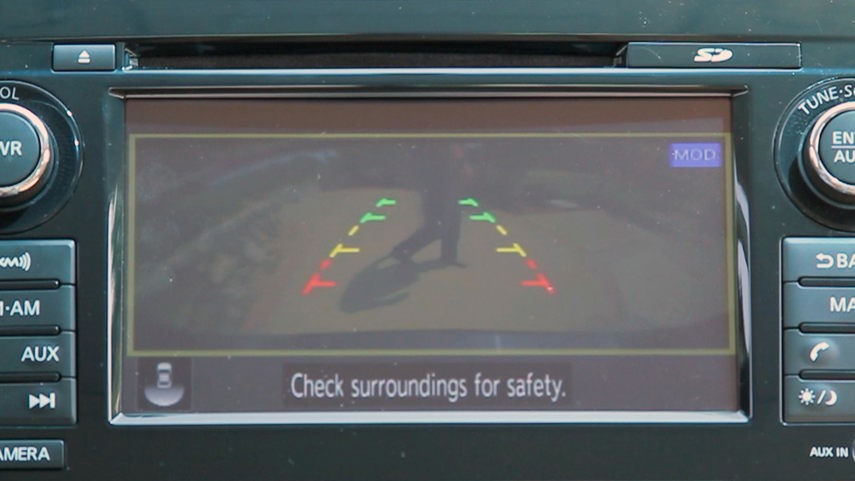
Rearview Camera
By law, every new passenger vehicle sold since May 2018 must have a rearview camera. These come on whenever you put the transmission in reverse – most in the centre screen, but a few display in the instrument cluster or rearview mirror. Not much goes wrong with them overall, but unless the camera is hidden behind a little flip-up door, it can get dirty and you won’t have much of a view. Keep the lens clean and brush off any snow.
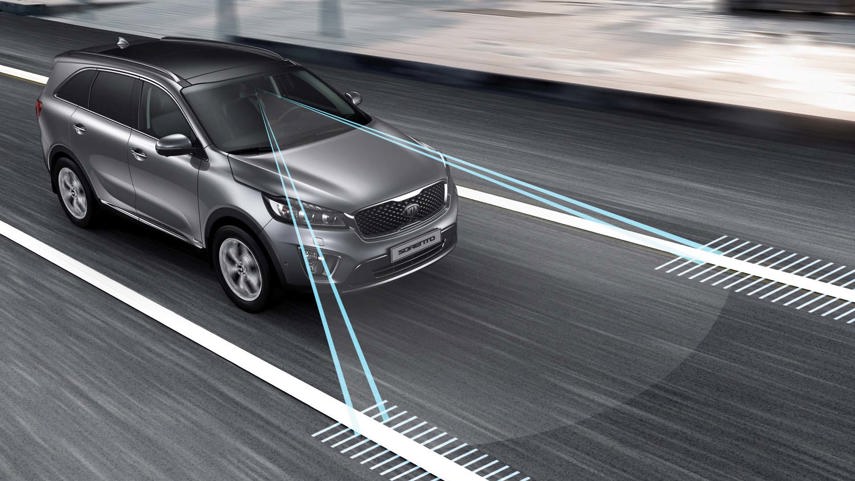
Lane-Departure Warning/Lane-Keep Assist/Lane-Centring
These systems, which only work at higher speeds, “read” the road lines to determine the edges of the lane. Lane-departure warning cautions when you have unintentionally wandered out of your lane without using your turn signal. If you have lane-keep assist, it will nudge you back into your lane, by either tapping the brakes on one side or with the electric power steering.
Lane-centring, which works in conjunction with cruise control, adjusts the steering to stay in the middle of the lane. It’s an assist, not a self-driving car. You have to pay attention, because these sometimes follow the right-side line onto an exit ramp. All three types of systems can be confused by worn or snow-covered markings, or highway construction areas where new lines have been painted over the old ones.
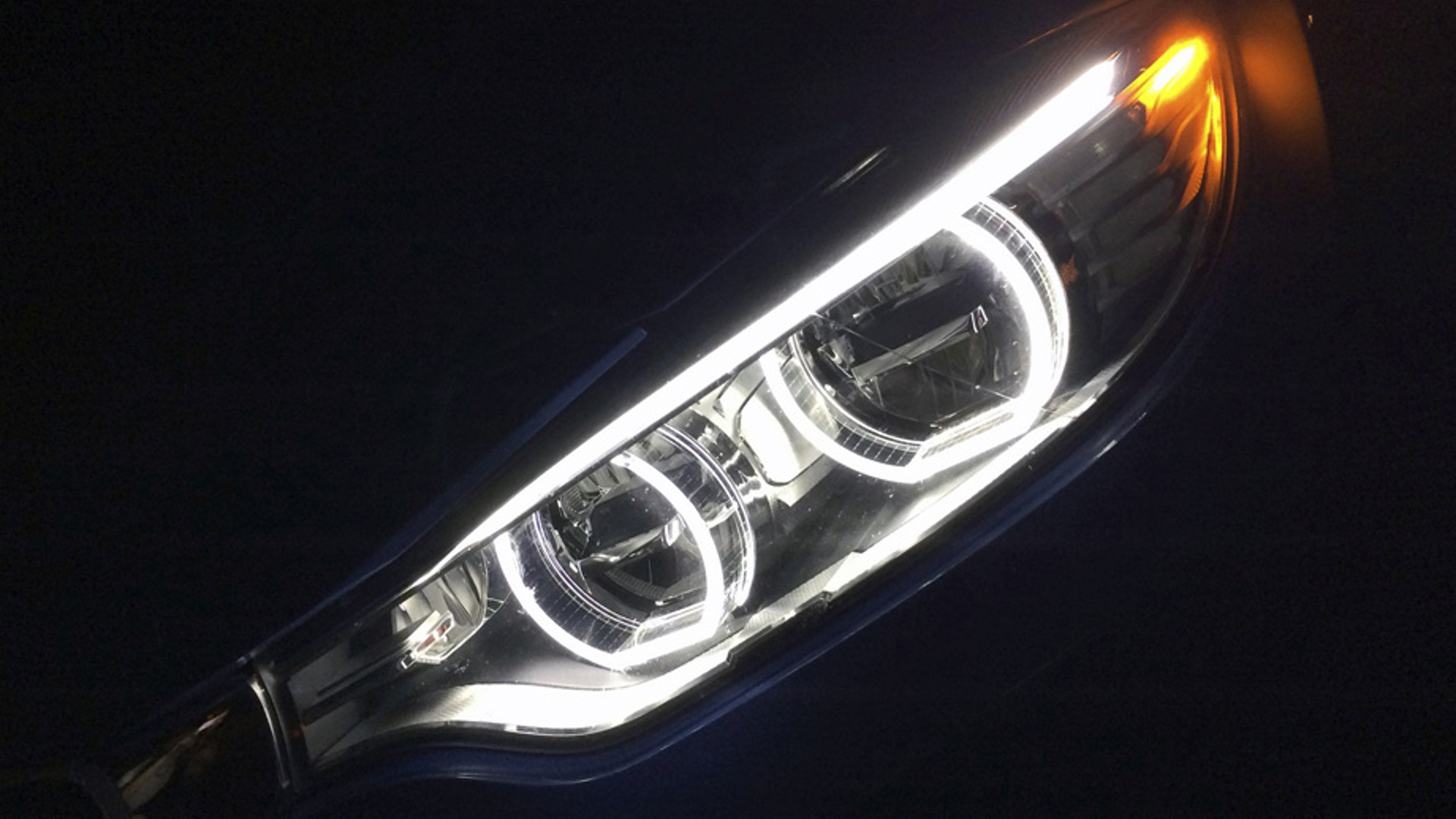
Automatic High-Beam Headlamps
When activated, this turns up your high-beams on dark roads, and dip them down if they detect oncoming headlights. However, it may not recognize taillights up the road and will keep the high-beams up. And in hilly terrain, drivers know to turn down their beams ahead of time when they see the glow of headlights behind a hill, but your automatic beams will likely wait until the other driver crests the top, and momentarily blind him. Keep watch to be sure you aren’t hitting others with too much candlepower.
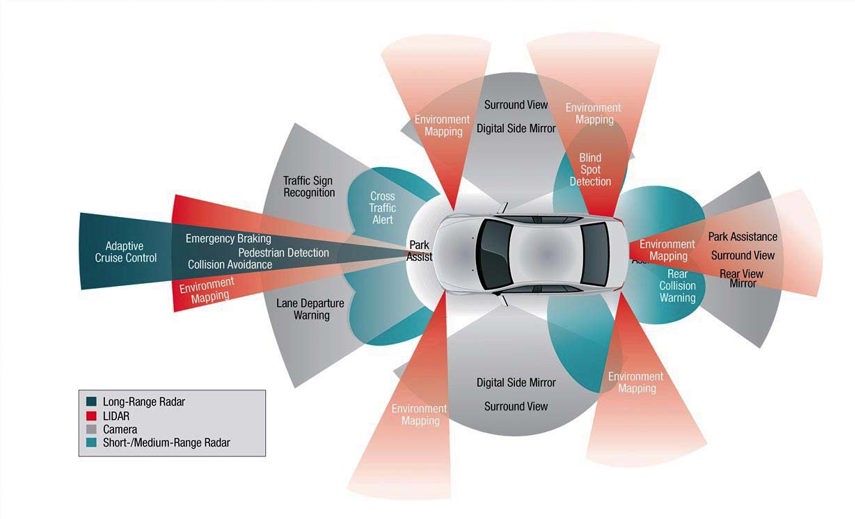
Take Care With Repairs
Collision repairs can be an issue with high-tech systems, because many of their sensors and cameras are on the mirrors, bumpers, or body sides. If they’re out of alignment after repair, even by a few millimetres, the system may not work properly. In some vehicles, sensors are behind a thinner portion of the plastic fascia, and even a coat of paint makes it too thick for the sensor to “see through” it.
If you need repair, be sure your shop is familiar with your vehicle’s special needs, uses the right replacement parts, and ensures accuracy in repair. Although you don’t want your driving to depend on them, they’re useful assists, and they should always be in good working order.
Modern active safety systems are becoming ever more sophisticated – though as we’ve shown, they aren’t infallible. While they can add extra peace of mind, they should always be regarded as an additional layer of protection – always use your own eyes and judgment on the road.
